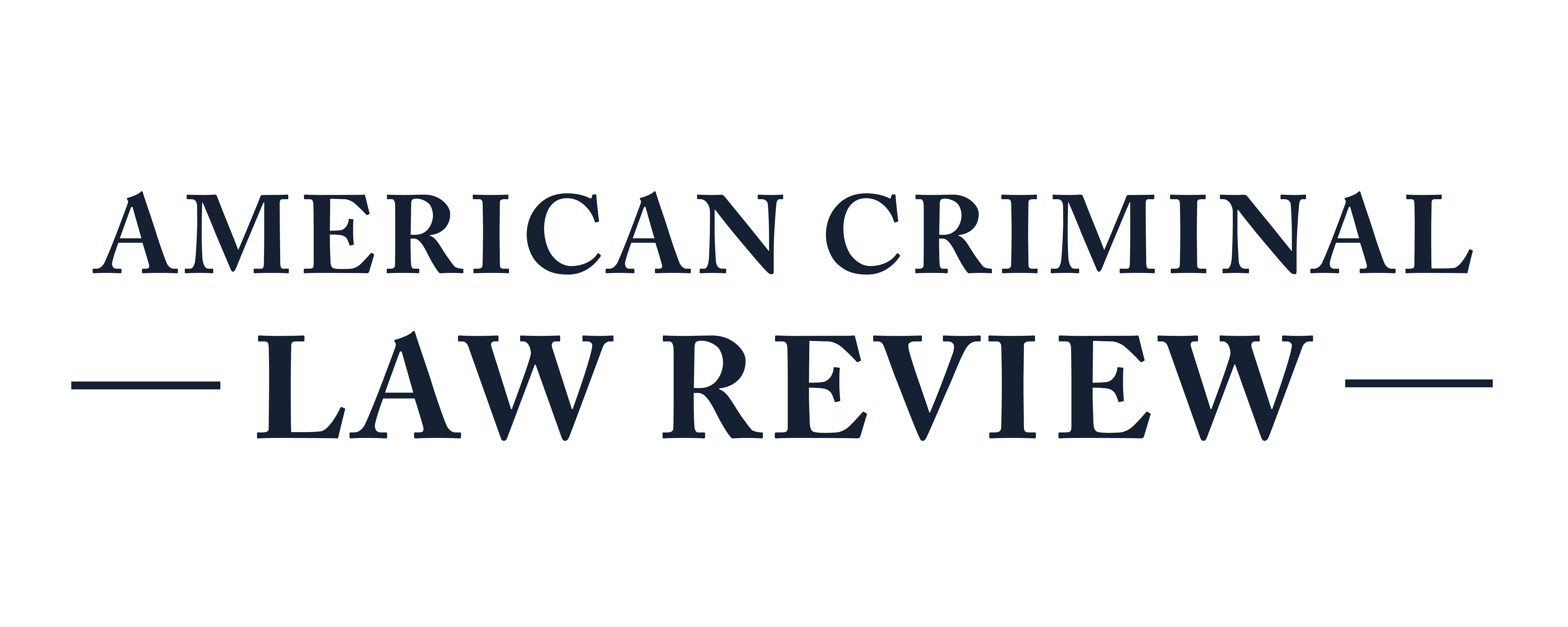Another Brick in the Wall: A Call for Reform to Maryland's Disturbing-School Law
On a December day in 2013, fourteen-year-old Qoyasha left class without permission and led administrators on a chase through the halls of his Salisbury, Maryland middle school. Qoyasha eventually returned to his technology classroom, but when school officials finally caught up to him, he refused to accompany them to the principal’s office. Unable to convince the student, an assistant principal summoned Sheriff’s Deputy Robert Parker to handle the situation. When Qoyasha—who has an emotional disability—pushed Deputy Parker away from him, the police officer pepper sprayed the young man in the face, handcuffed him, and escorted him from the scene.
It is not immediately obvious why this episode of teenage defiance required the intervention of police. In Maryland, however, disturbing school is a crime, and for his misbehavior, Qoyasha was arrested and found to be a juvenile delinquent.
Maryland’s disturbing-school law criminalizes student misbehavior and contributes to the “school-to-prison pipeline,” a national trend by which campus discipline increasingly leads to the arrest and incarceration of American students. As a discrete statute, the law is particularly amenable to reform, and other states have successfully reduced juvenile interaction with the criminal justice system by amending similar laws. To that end, this contribution argues that Maryland lawmakers must amend the state’s disturbing-school law to exempt from prosecution students misbehaving in their own schools.
Part I of this contribution identifies the practices that contribute to the school-to-prison pipeline and explains how school discipline in Maryland reflects this national trend. Part II introduces Maryland’s disturbing-school law and explains how it contributes to the arrest and incarceration of students without establishing clear guidelines as to what conduct violates the law. Part III identifies successful efforts at legislative reform to similar laws, providing a roadmap that Maryland lawmakers should follow in amending the statute. Part IV identifies alternative practices by which school leaders may improve student behavior without relying on criminal punishment.
Subscribe to ACLR
